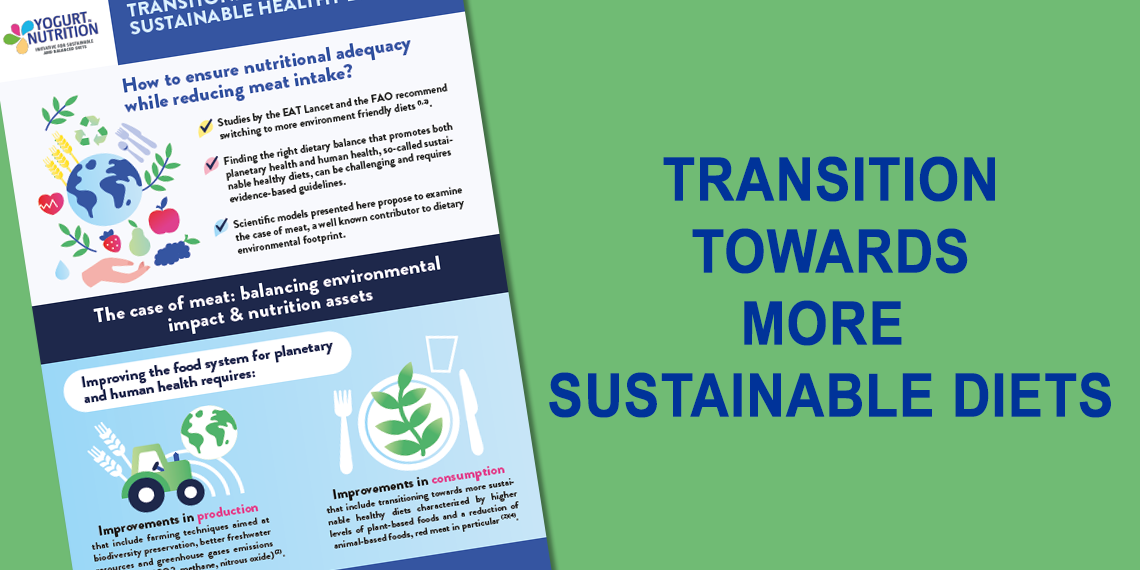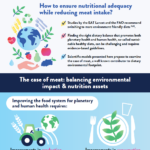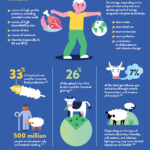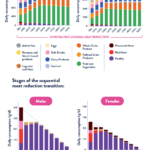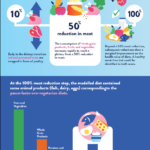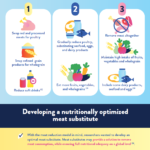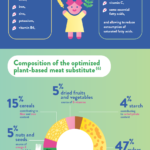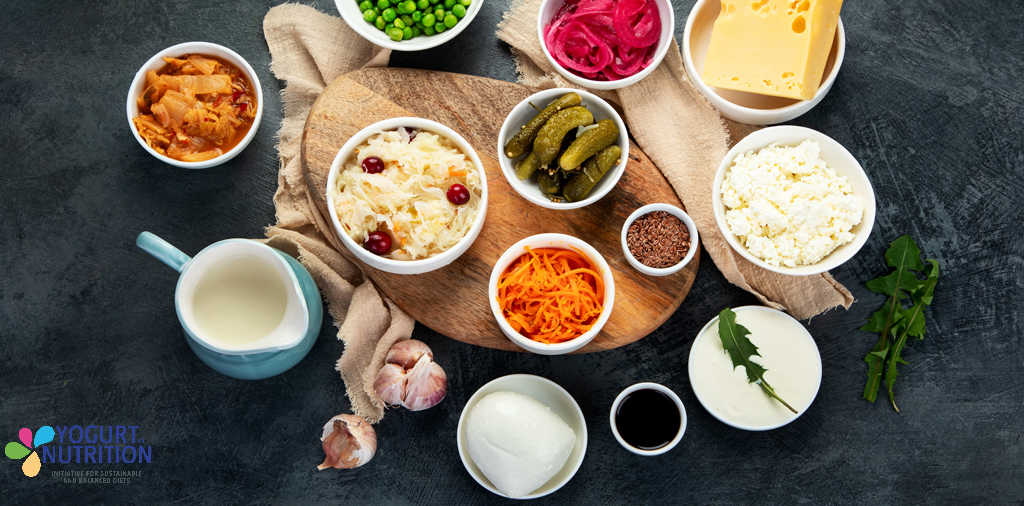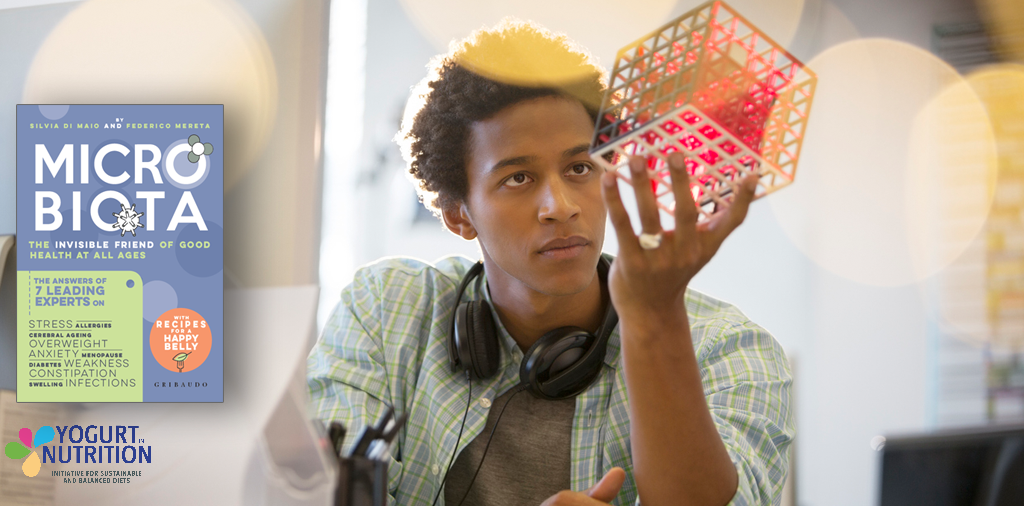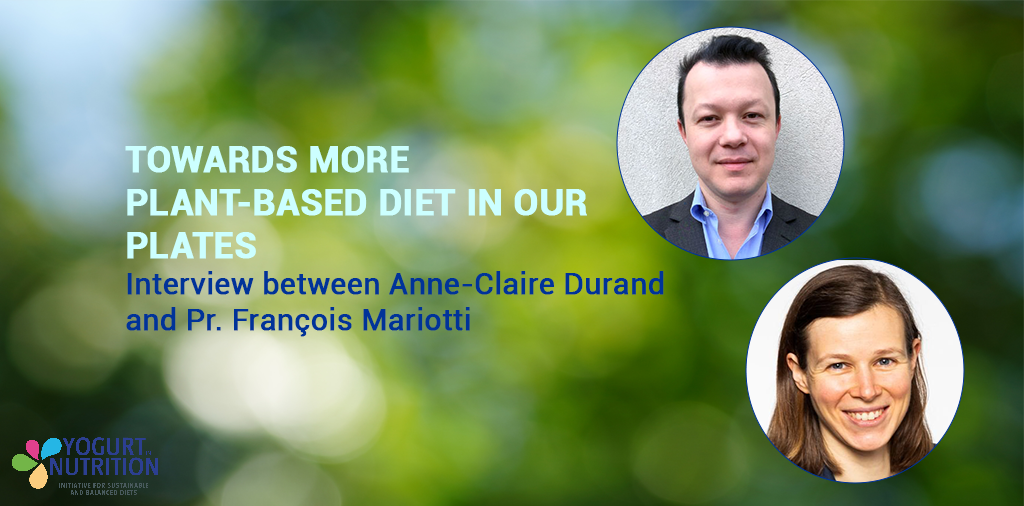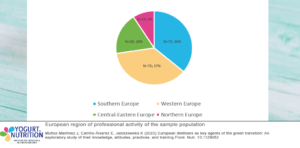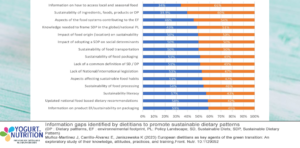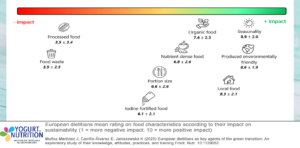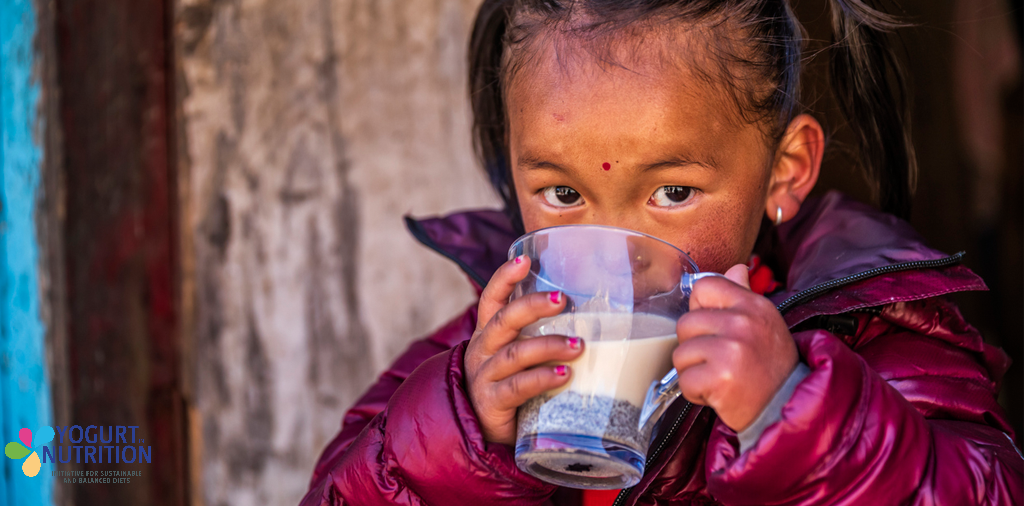The relationship between the body and the mind has been a source of debates giving rise to several theories. It is now widely accepted that the central nervous system (CNS) can have complex effects on gut activity. However, the reverse situation is less known and it is on this complex axis from the gut to the brain that studies are focusing. Stress, anxiety, depression passing through the CNS can affect the normal functioning of the intestine, but the intestinal function can itself influence the balance of the central nervous system, reflecting a bidirectional communication between microbiota and CNS.
What role can play the gut microbiota?
If gut function is able to influence the balance of the central nervous system, we expect that the microorganisms living in the digestive tract inevitably also play a role in this flurry of interactions. Chronic stress, for example, can induce significant changes to the microbiota and it has been seen that the microbiota is altered in various pathological conditions, including irritable bowel syndrome and neuropsychiatric disorders.
When the biodiversity of the intestinal microbial ecosystem is altered, we talk about dysbiosis. Dysfunctional lifestyles, such as high-fat diets or antibiotic abuse, can lead to alterations in the gut microbiota that can contribute to problems ranging from metabolic disorders to neurodegenerative and neuropsychiatric disorders.
And this dysbiosis can be due to several factors and lead to several dysfunctions.
Neuropsychiatric disorders in which alteration of the microbiome has been described include Alzheimer’s disease, Parkinson’s disease, multiple sclerosis, major depression and schizophrenia. Experts tell us that “the analysis of the interactions between the microbiome and the central nervous system, is in fact beginning to provide a valuable contribution in the determinism of complex disorders that influence cognitive functions such as cognition, personality, affectivity and the emotional-behavioural sphere”.
Gut microbiota and stress
In order to evaluate the importance of microbiota, researchers conducted a study on rodents lacking intestinal microbiota. They observed the consequences on physical and mental health in order to establish a link between microbiota and mood disorders. Rats lacking microbiota were abnormally responsive to stress, compared to control animals, with an excessive production of corticosteroids hormones. The consequences of such an increase were also an alteration of the immune response. By restoring the regular composition of the microbiota through the administration of certain bacteria, certain symptoms of anxiety and depression could be reduced. These bacteria include Lactobacillus sp., Bifidobacteria sp., L. helveticus, B. longum, L. rhamnosus, and Lactobacillus farciminis, among others. The main conclusion was therefore that the presence of a microbiota was essential for a normal response to stress.
Psychiatric disorders and alterations of the microbiota
Psychiatric disorders fall into two broad categories: psychotic disorders such as schizophrenia, and major affective disorders, which are mainly related to mood alterations, depression and anxiety.
There is a correlation between psychotic symptoms, an abnormal immune response of the intestinal epithelium and an altered composition of the intestinal microbiota. Significant differences were found in the composition of the gut microbiota of schizophrenic subjects compared to healthy subjects, from the onset of the illness. Yet, further studies are needed to further establish the role of the gut microbiota in complex conditions such as schizophrenia and other psychotic disorders.
When it comes to major affective disorders, studying the alterations of the microbiota is equivalent to studying its dysbiosis. Dysbiosis can be detected by direct analysis of the species of the microbiota, and several studies show the existence of alterations in the composition of the intestinal microbial flora in patients with major depression.
Several studies have examined the case of lipopolysaccharide, a component of the outer membrane of certain bacteria that is a potent toxin for humans. Under conditions of dysbiosis, its release leads to the secretion of substances such as pro-inflammatory cytokines and quinolinic acid, capable of causing inflammation of the nervous system, called neuroinflammation. Lipopolysaccharide is able to influence CNS functions by increasing, for example, the activation of certain brain areas responsible for emotional control.
Microbiota and autism?
Among the topics that have more recently been the subject of psychiatric research are autistic disorders. Alterations in the composition of the gut microbial flora seem to play an important role, although the mechanisms are still unclear. At present, modifying the composition of the gut microbiota, and in particular acting on the microbes capable of producing butyric acid, is one of the promising alternative treatment strategies for autism spectrum disorders.
Drugs, CNS and microbiota
From a therapeutic point of view, if a drug is effective against a specific pathology and acts at the level of the microbiota, it is legitimate to question the potential involvement of the microbiota as a cause of this dysfunction.
For example, in the case of melatonin, it has been shown that this molecule acts by increasing the levels of Lactobacillus johnsonii and Lactobacillus reuteri, while reducing those of Prevotellaceae, and thus modulating the composition of the microbiota in fine. The question underlying these observations is whether melatonin could reduce stress levels by acting on the microbiota.
Probiotics and transplantation: potential alternatives?
Intervention methods such as specific probiotics (psychobiotics) or even microbiota transplantation are studied to treat neuropsychiatric disorders.
The term “psychobiotic” refers to a therapeutic intervention based on the use of specific “probiotics” (living organisms, which, when administered in adequate amounts, are capable of providing a real benefit to the health of the host), potentially here influencing its behavior. In rats, analyses of the effect of specific probiotics as modulators of major anxiety and depressive disorders showed their potential to reduce symptoms associated with major depression and anxiety. In addition, anxiety would be reduced and stress response improved with the presence of certain probiotics: Lactobacillus, Bifidobacterium, Enterococcus. In humans, more data are needed, but the administration of psychobiotics would be in the direction of an improvement in mood or psychological symptoms related to stress.
Regarding fecal microbiota transplantation, the available scientific literature supports the hypothesis that microbiota transplantation is effective in the treatment of recurrent Clostridium difficile infections, but also in patients with Crohn’s disease, a chronic inflammatory bowel disease. It would be considered as a therapeutic tool for patients suffering from major affective disorders.
Research tells us that the microbiota is able to influence complex higher functions such as mood and neurocognitive functions! Many studies will still be needed to understand the mechanisms.
This post is written on the basis of the book “Microbiota”.
“Microbiota” is published in english by the Danone Institute Italy and Danone Institute International. It gathers a mix of historical, anthropological and scientific concepts explaining why research on gut bacteria, from ancient texts to the most recent scientific evidence, is a sector of great interest for science. Thanks to a Q&A structure, 7 recognized experts explain several topics considering the different ages and conditions in life. The book is available in pdf and e-book format (on the Danone Institute International website)

